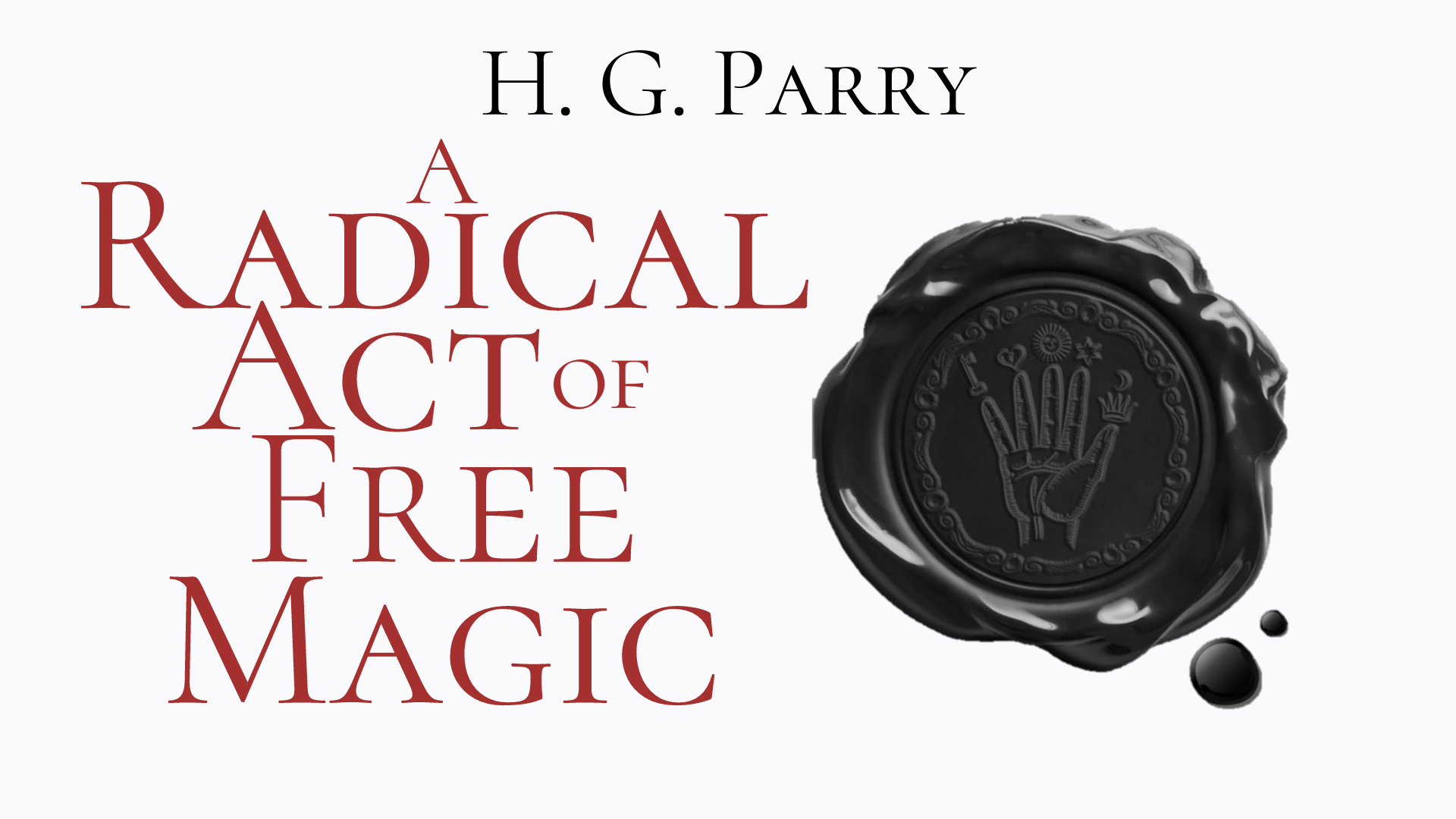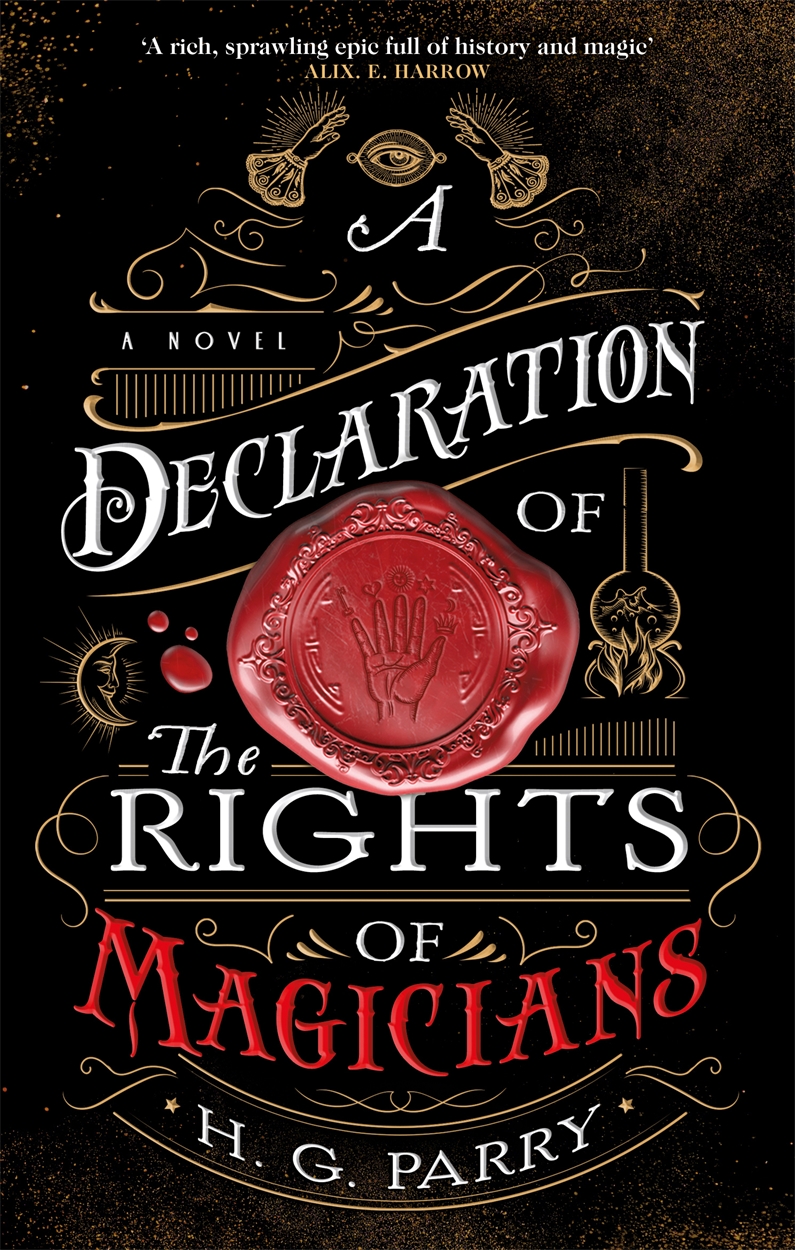


I daresay the conversations depicted here mirror historical conversations had by their historical counterparts (you know, minus the details about magic) as they plotted their revolutions and political maneuvers. Thus, there are many conversations where characters discuss how far they need to go and how they should proceed. The walls of the House of Commons are even enchanted to respond to particularly great oratory. The role of rhetoric, surprisingly enough, plays a bigger role in A Declaration of the Rights of Magicians than magic itself. Two of the revolutions (Haiti and France) are nightmares of fear, blood, and fire but, in contrast, Britain’s slow progress feels painfully slow. In France, Maximilien Robespierre rises from obscure rural lawyer to revolutionary leader who overthrows the ancien régime-with the help of a shadowy figure who promises power in exchange for “favors.” In England, William Pitt the Younger and William Wilberforce are taking a more gradual approach to change by trying to nudge parliament into expanding the rights of common magicians and banning the slave trade and slavery (respectively). In Fina’s third of the story, we see a revolution erupt as the enslaved people break free of their magical and physical restraints and seize their freedom. By the time the 1780s roll around, enslaved people on Saint-Domingue and the poor in France and England have had enough.Īfter Fina’s introduction to the harsh world of the 1780s, the novel splits into three parts. Commoners and enslaved people are subject to harsh magics and penalties if they use their natural talents. No one but aristocrats and royalty are allowed to practice magic. They were removed at great cost, but remnants of their harsh rule remain. We slowly learn that, centuries before the events of this novel, vampire kings ruled Europe. Her harrowing opening offers one view of the stakes characters are fighting for. Knowledge of the actual history isn’t necessary, but those who remember from high school and college will get a kick out of how close Parry hews to real events while still writing an enchanting tale.Ī Declaration of the Rights of Magicians opens with one character, an African woman renamed Fina by her captors, in a slave ship on her way to Saint-Domingue (now Haiti). The fight for liberty is very similar, except in this version the poor and oppressed are fighting for liberté, égalité, fraternité, and the right to practice magic. The cast of characters included real historical figures such as William Pitt the Younger, William Wilberforce, Maximilien Robespierre, Camille Desmoulins, and Toussaint Louverture, and three countries in a re-imagined version of our world. Parry’s delightful historical fantasy, A Declaration of the Rights of Magicians.

That little phrase made frequent appearances in my brain as I read H.G.

The Enlightenment, but make it magicians.


 0 kommentar(er)
0 kommentar(er)
